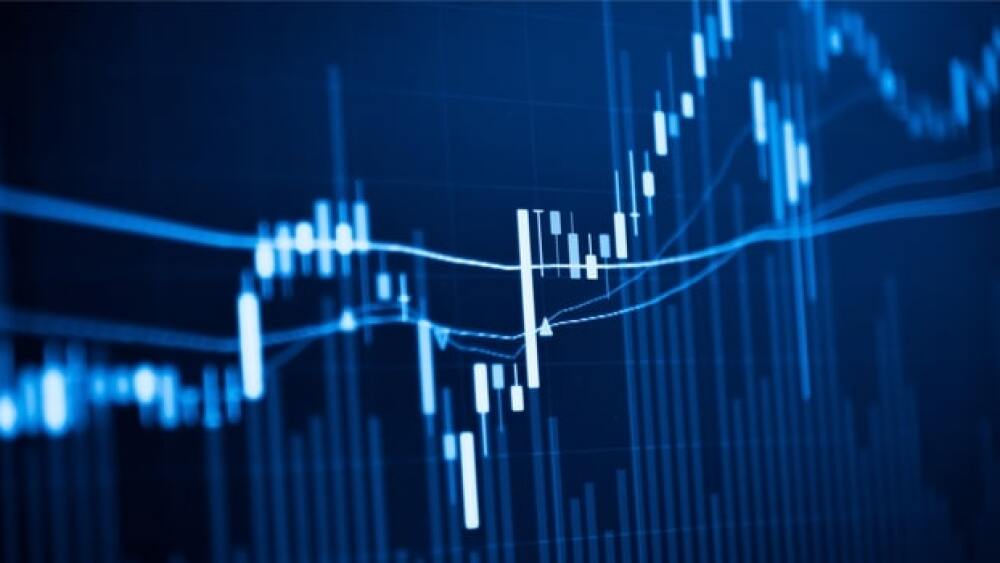At a recent Demy-Colton Virtual Salon, Michael Gaito, head of healthcare investment banking at J.P. Morgan, discussed the strength of capital raises despite COVID-19 and the resilient state of the biotech sector in the run-up to the Presidential election in November and the virtual J.P. Morgan Healthcare Conference (and the virtual Biotech Showcase) in January, with Dennis Purcell, founder of Aisling Capital LLC.
J.P. Morgan Chase & Co. is the largest investment bank in the U.S. and the seventh largest in the world, with a strong presence in healthcare. At a recent Demy-Colton Virtual Salon, Michael Gaito, head of healthcare investment banking at J.P. Morgan, discussed the strength of capital raises despite COVID-19 and the resilient state of the biotech sector in the run-up to the Presidential election in November and the virtual J.P. Morgan Healthcare Conference (and the virtual Biotech Showcase) in January, with Dennis Purcell, founder of Aisling Capital LLC.
Dennis Purcell (DP): What’s happened in the IPO market the past six months?
Michael Gaito (MG): The price of entry for an IPO used to be clinical data. Then the strength of the management team, investors or pharma partners became important. Now, crossover investors have almost replaced the role of Phase II data as a barometer. There’s a foundational level of support with crossover investors. Many have deeper pockets than the venture capitalists. They support the valuation, buying the IPO, and typically round up their investment in the after-market.
We used to spring companies on investors. Now we test the waters. The company gets to know investors before it starts an IPO, and investors now have bigger appetites to invest in those companies.
In a perverse way, the global pandemic reminded people how interesting and important biotech is. A lot of capital has flowed into the space. Typically it’s been divided fairly evenly among biotech, medtech, tools and diagnostics and services. This year, it’s skewed toward biotech.
DP: What’s the outlook for mergers and acquisitions?
MG: Despite some high profile deals, it has been a slow year for M&A because of COVID-19. We had a lot of deals in process when things shut down. We’ve done financings with conference calls, but it’s harder to do M&As when you can’t have in-person conversations for due diligence. So, during the lockdowns we put things on hold, but conducted some facility inspections using drones. Now we’re seeing a tremendous amount of pent up appetite for M&As.
In volatile markets, it’s hard for people making buy/sell decisions to feel good about valuations and price levels. Premiums are quite high and pharmas still need innovation. Biotech is a mature industry with lots of commercial assets, so these companies will be acquirers themselves, with robust activity through the end of 2020 and 2021.
DP: How do you see medtech vs. biotech markets?
MG: We’re seeing a steady stream of medtech companies being snapped up. Medtech is a well-functioning, vibrant universe of companies that includes tools and diagnostics. These companies are less reliant than biotech on capital markets. Because they’re sold profitably as private companies, they don’t need IPOs.
DP: With global funding hitting record highs last year and 1H 2020 raising more than all of 2019, what is fundraising like now for biotechs, and what do you expect looking forward?
MG: It’s shocking how functional the financing markets have been for us. At J.P. Morgan, we’ve already outpaced last year. We’re at $18 billion in IPOs and $50 billion in follow-on financing, compared to $13 billion in IPOs and $30 billion in follow-ons in 2019.
It was interesting to see we could be as, or even more, efficient working from home. What you start to think about, though, is culture – the creativity that comes when everyone is working together. There’s no substitute for being together, talking through issues and sharing ideas.
Going forward, though, there will be fewer in-person meetings. We see the efficiency of a virtual road show, so some meetings may not be in-person in the future.
DP: If a company is considering going public, how should it pick an investment bank?
MG: When going public, companies typically involve multiple banks. The right number depends on the size of the deal. We’re seeing two to four banks and one to two book runners (the people who arrange meetings with investors), and a co-manager or two. Management teams feel pressure to add banks, but we find keeping one to two banks involved and driving things leads to the strongest outcomes.
In choosing banks, there are a lot of different bars. We consider execution, experience, and expertise as well as the bank’s performance and the quality of its deals. Talk with public investors for their insights. They know, for example, that a J.P. Morgan transaction has met a very high bar regarding the quality of the story, the people, and the overall company.
DP: What do the banks look for in biotech stock?
MG: Research is more important in biotech than in most other sectors. For buyers, it helps to have an analysis of trials, drugs, and their competitive landscape. The buy side is strong now, and buyers are doing much of their own research. At J.P. Morgan, when vetting stock, we weigh the research and the banking views equally. It’s a holistic relationship.
On the trading side, there is a high volume of transactions and less high-touch trading. The liquidity is from so many places, that it isn’t a critical factor anymore.
DP: What’s are SPACs and are they here to stay?
MG: Special purpose acquisition companies (SPACs) are a blind pool of capital raised for acquisitions, specifically designed to put investments into a private company. (A SPAC company raises an IPO to buy another company within a two-year window, or must return the funds to the investors.)
In healthcare, SPACs are in the (figurative) first or second inning, and we’re waiting to see how they play out. They’re backed by institutional investors and now are attracting biotech specialists, which makes de-SPACing later easier because those investors understand biotech.
DP: What’s the overall outlook for the year?
MG: If there’s volatility (from the Presidential election, for example), we could see a market pullback. But, biotech investors and acquirers are flush with cash and haven’t been as impacted as other sectors. The market feels resilient.






